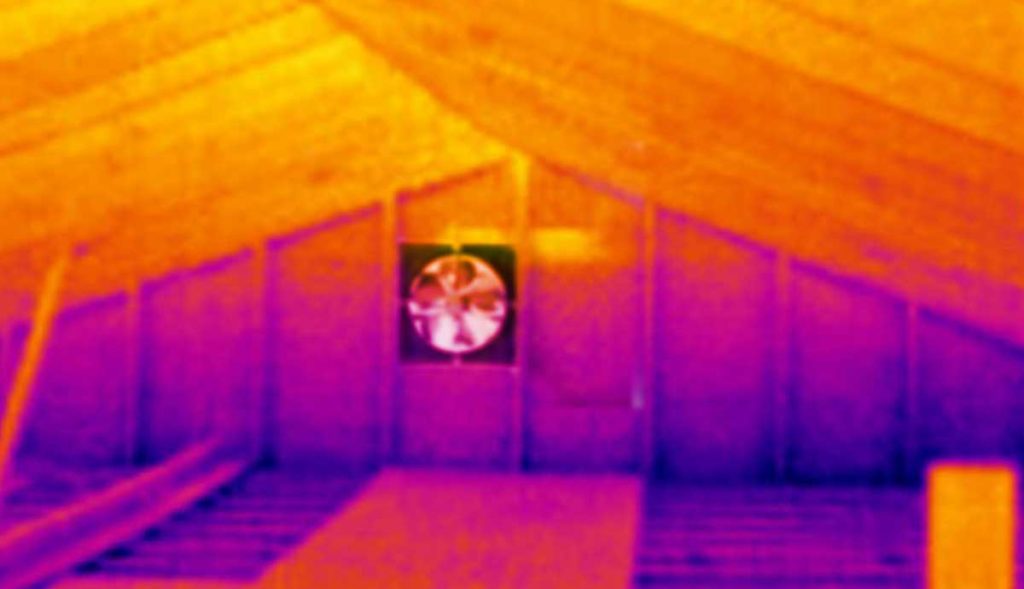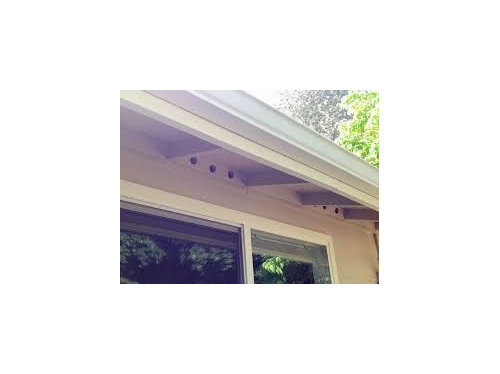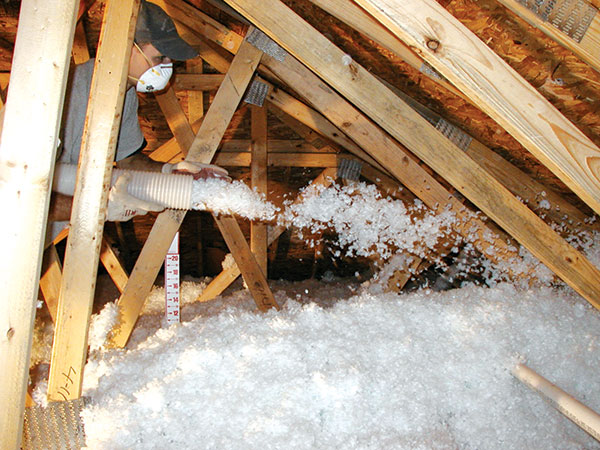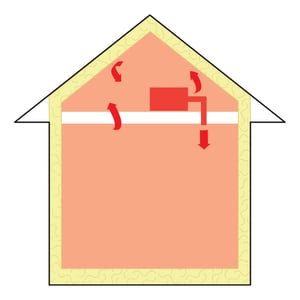Disadvantages Of Hot Attic In The Summer

In addition hot air in your attic could increase moisture levels which could result in wood rot and mold growth.
Disadvantages of hot attic in the summer. Heat starts in the attic and makes its way to the house s framing. When it s hot outdoors it s hotter in your attic. An unventilated attic can reach 150 degrees in the heat of summer 50 degrees higher than it should be. Not the overabundance but the lack of insulation in the attic.
And it can cause your air conditioner to work harder than it needs to and send your energy bills soaring with the temperature. Since most houses have attic insulation that is inadequate and poorly installed the comfort and energy efficiency of your home can suffer in both winter and summer. High temperatures inside your attic shorten the life span of shingles. If hot air is allowed to sit in your attic it could overheat the shingles on your roof and cause damage.
An overheated attic can bake asphalt shingles on the roof and cause them to deteriorate. A hot attic is bad for several reasons. With only minimal levels of insulation and areas where insulation is missing attic heat can turn ceiling drywall into a giant radiator that makes upstairs rooms uncomfortably hot. Which is why an attic fan can be beneficial for your home in more ways than one.
Another reason your attic is so hot is because of insulation. The attic is a huge determinant in keeping your entire home cool so the first place to start cooling your home should be the attic. Within the attic insulation is a must.














































